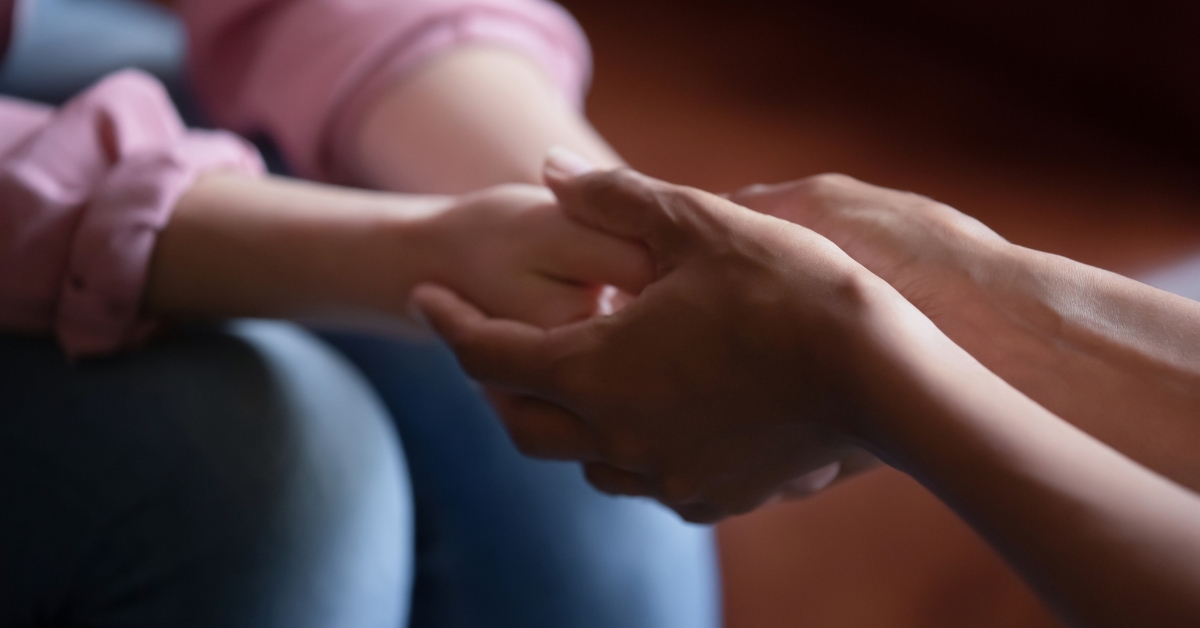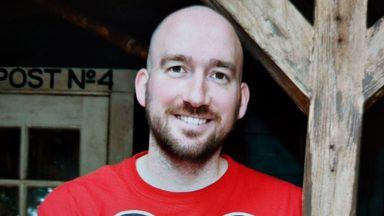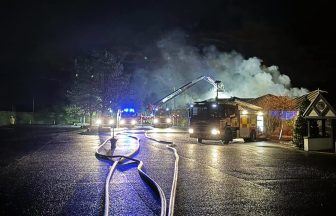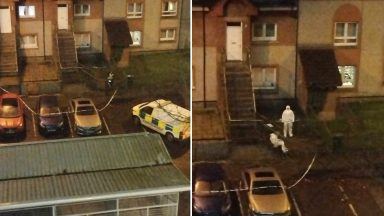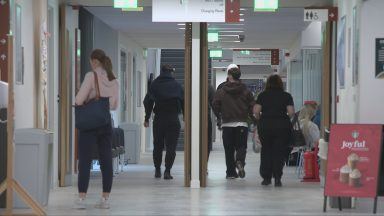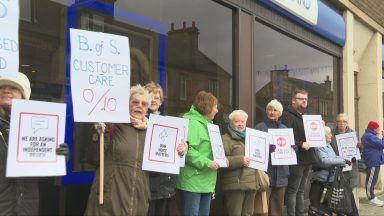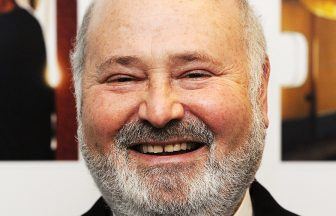The number of deaths by suicide in Scotland have increased for the second year in a row to the highest level since the Covid pandemic.
Mental wellbeing minster Maree Todd described a rise as “distressing”, saying the increase is driving a determination to deliver change.
Figures published by National Records of Scotland on Tuesday showed an increase of 30 probable deaths by suicide on 2022 to 2023, up to 792.
This is the highest number since 2020 when 805 probably suicides were recorded, but remains below the nine-year-high of 833 in 2019.
Last year, suicides by men increased by 34 to 590, while female suicides decreased by 4 to 202 deaths over the last year.
However, the rate of suicide in males was more than three times as high as the rate for females.
The average age of death by suicide has also increased increasing from 41.9 in 2000 to 46.6 in 2023.
In three council areas – Dundee City, Highlands and East Ayrshire – statistically the rate was “significantly higher” than the Scottish average, similar to the figures for 2022.
Comparable statistics for the rest of the UK for 2023 are yet to be released, the National Records for Scotland said.
Data from 2022 showed Scotland had the highest rate of suicide deaths of all countries in the UK at 14.0 deaths per 100,000 people.
Wales recorded 12.5 deaths per 100,000, Northern Ireland with 12.3 deaths per 100,000, then England with 10.5 deaths per 100,000.
Phillipa Haxton, head of vital events statistics, said: “The rate of suicide mortality has been consistently higher for males, and over the last 30 years it has been around three times as high as the female rate.
“There were 2.5 times more deaths by suicide in the most deprived areas of Scotland than in the least deprived areas.
“Remote small towns have had the highest suicide rates for most of the last decade, with the lowest rates being found in large urban areas.”
The Scottish Government said it was taking action jointly with local councils to reduce the number of deaths by suicide by supporting anyone at risk or affected by it, while tackling underlying factors, such as inequalities, stigma and discrimination, which have been exacerbated by the pandemic and cost of living crisis.
Self-harm is also a risk factor for suicide and last year saw the launch of the world’s first action plan focussed solely on tackling the issue.
This included funding for a new service where anyone affected by self-harm can get compassionate support, without fear of stigma or discrimination.
Mental wellbeing minister Maree Todd said: “This report makes for distressing reading and my sincere condolences go out to all those who have been affected by the loss of a loved one by suicide.
“We are prioritising reaching more people at higher risk of suicide, including those living in poverty, middle aged men, and LGBT communities.
“We are launching an online portal to ensure people feeling suicidal know where to go for help. The introduction of suicide reviews this year will also help us spot missed opportunities to support people and importantly use that learning to redesign services.
“Our wider actions around mental health are also helping to prevent suicide. They include funding more than 800 additional mental health workers in A&E departments, GP practices, police custody suites and prisons, and investing in our Communities Mental Health and Wellbeing Fund which prioritises suicide prevention and social isolation projects.”
Billy Watson, chief executive of SAMH (Scottish Action for Mental Health), said: “It’s really important that we remember that behind every one of these deaths is a person, their loved ones, their colleagues, and their community.
“Research suggests that as many as 135 people are affected by each death by suicide, and as a society we have to make sure we’re supporting them in these most difficult of times.
“We need to be cautious about over-interpreting one year of data, but this rise in deaths comes after a smaller rise last year.
“There is an established link between economic downturns and suicidal behaviour and, while we can’t say the rise is a result of this, these figures do overlap with a significant increase in the cost of living.
“It is essential that we increase investment in suicide prevention across Scotland. The Scottish Government has committed to increasing the suicide prevention budget to £2.8m by the end of this parliament.
“That will be nowhere near sufficient and resourcing of the Government and COSLA ten-year national suicide prevention strategy plan – launched only in 2022 – needs early review. Investment must be increased when risks – including the cost of living and ongoing performance issues with the mental health system – are higher.
“At SAMH, we help to build personal and community capacity to discuss, prevent and cope with suicide. We have potentially life-saving conversations with people experiencing suicidal thoughts every day.
“But bringing these numbers down – giving more people the tools to help, and persuading more people their lives matter – will take all of us. The time to spend on suicide prevention is now.”
Help and support is available now if you need it. Details of services available can be found at stv.tv/advice
The Samaritans can be contacted any time, from any phone, free on 116 123, email at jo@samaritans.org, or visit samaritans.org to find your nearest branch. Details of other services and more information can be found on the NHS website here.
Follow STV News on WhatsApp
Scan the QR code on your mobile device for all the latest news from around the country


